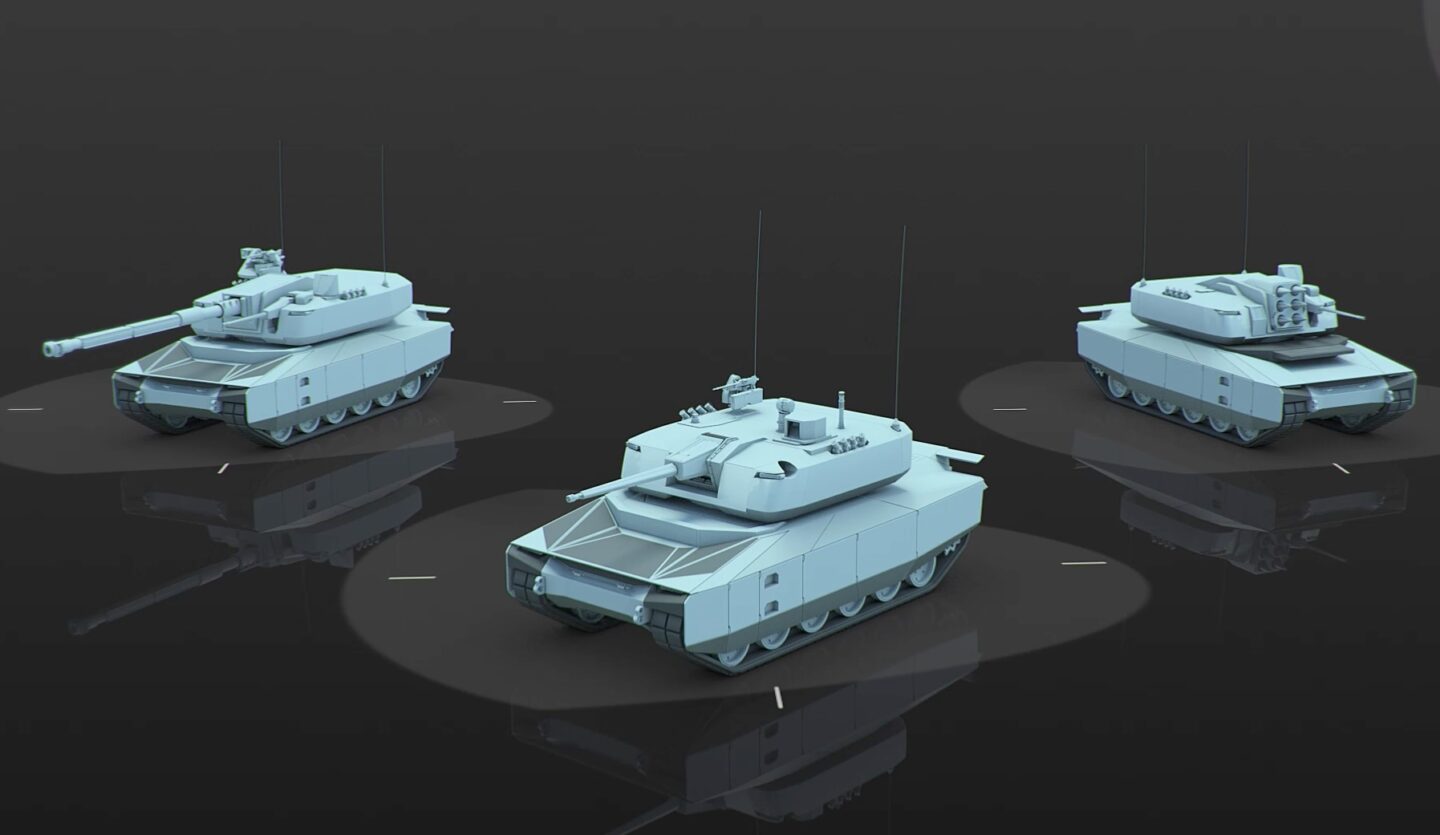On September 22, Paris and Berlin took a significant step forward in a groundbreaking military endeavor that promises to reshape the landscape of battle tanks and land combat as we know it. The Main Ground Combat System (MGCS), a collaborative project between France and Germany, seeks to replace the venerable German Leopard 2 tanks and French Leclerc tanks while integrating cutting-edge technological advancements. More than just a conventional heavy armored vehicle, the MGCS is envisioned as a multi-platform system that includes a main battle tank, heavily armed support vehicles, and natively-robotic assets, all interconnected to revolutionize the field of land combat by 2040-2045. The origins of MGCS trace back to 2017 when it was initiated concurrently with the Future Air Combat System (SCAF). This Franco-German initiative aims to take the place of aging tank fleets with a modern, adaptable, and interconnected system. The MGCS will include a main battle tank equipped with a formidable large-caliber gun, supported by a constellation of complementary modules. These modules consist of heavily armored vehicles armed with potent anti-tank missiles, natively-robotic support vehicles featuring laser weapons, drones, and other state-of-the-art weaponry.
Foremost among these is the integration of Artificial Intelligence (AI) into the system, which will provide crucial support to the crews. AI will assist with intelligence analysis, planning, command, and coordination of fires, enabling rapid decision-making in the heat of battle. It’s essential to note that while AI will play a pivotal role, humans will remain at the core of decision-making, ensuring a harmonious blend of human expertise and AI capabilities. MGCS will operate based on hyper-connectivity, enabling real-time sharing of tactical information through an integrated combat cloud. This will empower the various modules to process, store, and distribute tactical data instantly, allowing them to coordinate their actions semi-autonomously. This info-enhanced collaborative approach is a response to new threats like armed drones, autonomous weapons, and cyberattacks, aiming to enable combatants to understand, decide, and act more swiftly than their adversaries, thereby enhancing their effectiveness and safety.

The MGCS will bring a slew of combat capabilities to the table, making it a formidable force on the battlefield. In close combat scenarios, the system will be able to engage targets up to 8,000 meters away, a tenfold increase in strike force compared to existing tanks. The modules accompanying the MGCS will amplify their capacity for aggression through their number, mobility, and simultaneous engagement, confounding and complicating the decision-making process for adversaries. Observation capabilities will be significantly enhanced, allowing the system to surveil targets from up to 10,000 meters away. This improvement in target location and anticipation capabilities will give the MGCS a substantial advantage in situational awareness. Crew protection is another crucial aspect of the MGCS. It will feature active camouflage, reinforced armor, countermeasures, and neutralization systems designed to counter both air and land threats. By distributing weapons and equipment across multiple platforms, the system will not only improve combatants’ protection but also enhance their mobility and overall effectiveness.
All of these innovations will culminate in the Titan project, which will succeed the Scorpion army modernization program in 2040. Its primary objective is to renew the decisive capabilities of the Army and extend the vision of collaborative air-land combat to the joint and inter-allied levels, making the MGCS a cornerstone of future military strategy. In conclusion, the MGCS project signifies a significant leap forward in land combat capabilities. With AI, hyper-connectivity, and advanced combat features, it promises to revolutionize how battles are fought, placing human operators at the heart of decision-making, but with the support of cutting-edge technology. The MGCS is set to become a game-changer on the battlefield, ensuring the safety of combatants and the effectiveness of military operations well into the future.















